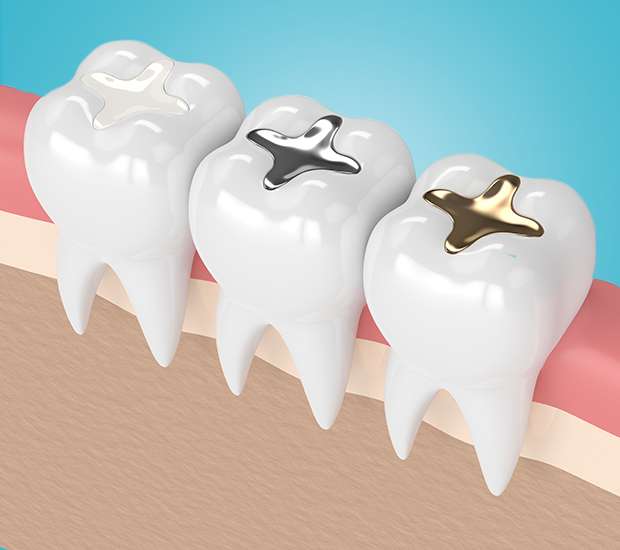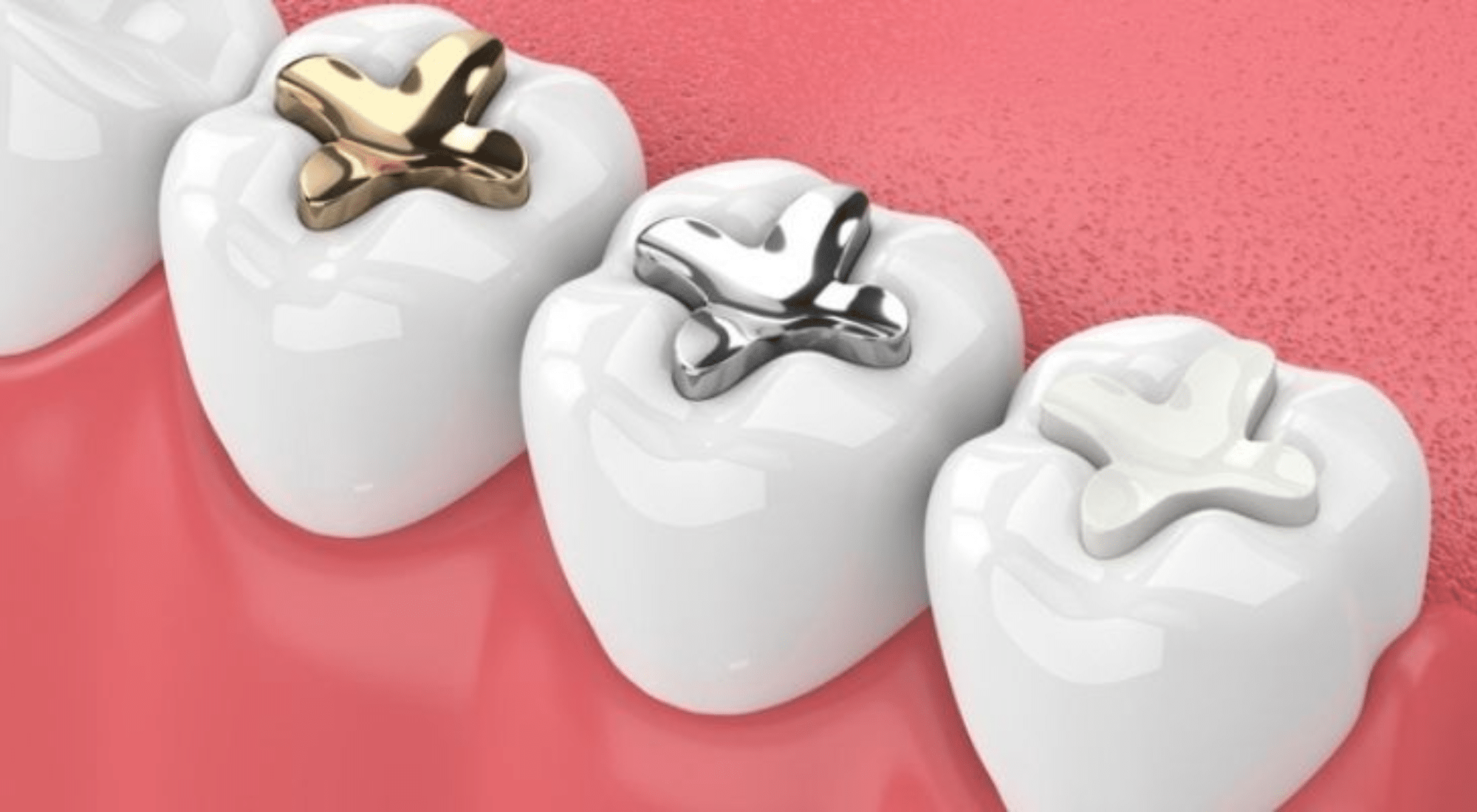Composite fillings are a popular choice for dental restorations due to their natural appearance and versatility in treating cavities. Understanding their longevity is essential for maintaining oral health and planning for future dental care. With advancements in dental materials and techniques, these fillings have become increasingly durable, offering patients lasting benefits.
Composite fillings, also known as tooth-colored fillings, are made from a mixture of plastic resin and glass particles, providing a strong and aesthetically pleasing solution for repairing decayed or damaged teeth. However, the lifespan of these fillings can vary depending on several factors, including the quality of the material used, the size and location of the filling, and individual oral hygiene habits. By exploring these factors and discussing practical tips for prolonging the lifespan of composite fillings, we aim to provide valuable insights into their durability and maintenance. Let’s delve deeper into the factors influencing the longevity of these fillings and how patients can optimize their oral health outcomes.

Factors Influencing the Longevity of Composite Fillings:
Composite fillings can last for many years with proper care and maintenance. Several factors play a crucial role in determining their longevity and effectiveness in restoring dental health.
Material quality and composition:
- The quality of the composite material used can significantly impact the lifespan of fillings.
- High-quality composite materials with durable resin and fine glass particles tend to last longer and resist wear and tear better.
- The composition of the filling material, including the ratio of resin to filler particles, affects its strength and resistance to decay.
Size and location of the filling:
- The size and location of the filling within the tooth can influence its durability.
- Small fillings may be more resilient than larger ones, as they involve less stress on the tooth structure.
- Fillings in areas subjected to excessive chewing forces, such as molars, may experience more wear and tear over time.
Oral hygiene and maintenance:
- Good oral hygiene practices, including regular brushing, flossing, and dental check-ups, are essential for prolonging the lifespan of the fillings.
- Proper oral hygiene helps prevent recurrent decay around the filling and maintains overall dental health.
- Patients should follow their dentist’s recommendations for oral care and attend routine dental appointments for professional cleanings and examinations.
Bite force and grinding habits:
- Excessive bite force and bruxism (teeth grinding) can place stress on the fillings, leading to premature wear and damage.
- Patients with bruxism may benefit from wearing a night guard to protect their fillings and reduce the risk of damage.
- Dentists may recommend additional measures, such as adjusting the bite or using a different type of filling material, for patients with significant grinding habits.
Average Lifespan of Composite Fillings:
The longevity of composite fillings can vary widely depending on several factors, making it challenging to provide precise estimates. However, researchers and dental professionals have identified general trends and considerations regarding the durability of these restorations.
General estimates based on research:
- Studies have suggested that these fillings can last anywhere from 5 to 15 years on average.
- The lifespan of fillings depends on factors such as material quality, filling size, and oral hygiene practices.
- While composite fillings offer excellent aesthetic and functional outcomes, their durability may not match that of amalgam or gold fillings.
Variation in durability based on factors mentioned:
- The quality of the composite material, the skill of the dentist, and the patient’s oral habits all influence the longevity of fillings.
- Fillings in high-stress areas, such as molars, may wear out more quickly than those in low-stress areas.
- Patients who practice good oral hygiene and attend regular dental check-ups tend to experience longer-lasting fillings.
While composite fillings offer many advantages, including natural appearance and conservative tooth preparation, patients should be aware of the potential for eventual replacement due to wear and tear. Regular dental check-ups and proactive maintenance can help extend the lifespan of composite fillings and ensure optimal oral health.
Signs of Wear and Replacement:
Over time, composite fillings may exhibit signs of wear or degradation, indicating the need for replacement to maintain optimal oral health and function.
Visual changes in the filling’s appearance:
- The fillings may develop discoloration, chipping, or rough edges over time.
- Discoloration may occur due to staining from food and beverages or wear from grinding habits.
- Chipping or roughness can compromise the integrity of the filling and increase the risk of bacterial accumulation.
Sensitivity or pain in the tooth:
- Sensitivity to hot, cold, or sweet stimuli may indicate underlying issues with a composite filling.
- Pain or discomfort when biting down or chewing could signal damage to the filling or the tooth structure around it.
- Persistent sensitivity or pain should prompt a dental evaluation to determine the cause and appropriate treatment.
Recurrent decay or damage to surrounding tooth structure:
- If decay develops around a filling, it may compromise the seal between the filling and the tooth.
- Damage to the surrounding tooth structure, such as fractures or cracks, can weaken the tooth and necessitate filling replacement.
- Regular dental check-ups enable early detection of recurrent decay or structural issues, allowing for timely intervention to prevent further damage.
Monitoring for these signs and symptoms, along with routine dental examinations, can help identify the need for filling replacement and ensure the continued health and longevity of the tooth.
Prolonging the Lifespan of Composite Fillings:
To maximize the lifespan of composite fillings and maintain optimal oral health, adopting preventive measures and practicing good oral hygiene habits is essential.
Regular dental check-ups and cleanings:
- Routine dental examinations allow for early detection of any issues with existing fillings and prompt intervention.
- Professional dental cleanings help remove plaque and tartar buildup, reducing the risk of decay around the fillings.
- Dentists can assess the condition of fillings during check-ups and recommend replacement if necessary to prevent further damage.
Practicing good oral hygiene habits:
- Brushing teeth twice a day with fluoride toothpaste helps remove plaque and bacteria, reducing the risk of decay and gum disease.
- Flossing daily removes food particles and plaque from between teeth and around fillings, preventing decay in hard-to-reach areas.
- Using an antimicrobial mouthwash can help reduce bacterial growth and promote overall oral health.
Avoiding habits that can damage fillings:
- Refraining from biting down on hard objects, such as ice or pens, can prevent chipping or fracturing of fillings.
- Avoiding chewing on sticky or hard foods can minimize the risk of dislodging or damaging fillings.
- Wearing a mouthguard during sports or activities that pose a risk of dental trauma can help protect fillings and the surrounding teeth from damage.
By incorporating these practices into their daily routine and maintaining regular dental visits, individuals can prolong the lifespan of their composite fillings and enjoy optimal oral health for years to come.
Understanding the factors influencing the longevity of composite fillings and recognizing signs of wear is crucial for maintaining optimal oral health. While the average lifespan of composite fillings varies based on various factors, including material quality and oral hygiene habits, regular dental check-ups and cleanings can help detect any issues early on and prevent further damage. By practicing good oral hygiene habits and avoiding habits that can damage fillings, individuals can prolong the lifespan of their composite fillings and minimize the need for premature replacement.
Overall, proactive care and preventive measures play a significant role in preserving the integrity of composite fillings. By partnering with a trusted dentist and staying proactive in oral hygiene practices, individuals can ensure the longevity of their fillings and enjoy a healthy, functional smile for years to come.




